

photo credit: FVWC
description: Hooge wetland created in 2019 as an extension of Peach Creek to promote juvenile salmon rearing and overwintering.
This project is a collaborative effort to enhance, restore, and promote shared conservation values in the Vedder River Watershed. The project will enhance and restore off-channel adult salmon spawning and juvenile salmon overwintering and rearing habitat in the Vedder River watershed located in the Fraser Valley, BC.
This project is also part of a larger scope to re-water the Vedder River floodplain. Rivers and other waterbodies are part of a larger floodplain; floodplains are also where humans tend to live as there is access to water and nutrient rich soil for growing food. The Vedder River floodplain has been constricted by dykes put in place to protect human activities.
Think of the Vedder River as a garden hose. Constricted rivers are typically fast flowing and there's not a lot of space for diverse habitat. Historically, secondary set back dykes were created which now provide space to safely create streams and wetlands between the dyke systems which will support slower moving water and habitat and pose little to no risk to human activities (i.e. the dyke systems can remain intact while off-channel streams and wetlands are created). This helps restore floodplain ecology and absorb river overflow by acting as a sponge for extra flood mitigation.
This watershed has high recreational fisheries value and is known for its year-round world-class fishing opportunities. However, Vedder River/Chilliwack River lacks off-channel habitat, which can limit spawning, rearing, and overwintering opportunities for salmonids in this system. Development-related alterations of salmonid habitat, encroachment of non-native plant species into riparian areas and loss of floodplain functions following diking have further decreased salmon habitat in the watershed.
The goal of this project was to create and enhance off-channel habitat for salmon spawning, rearing, and overwintering in the Vedder River floodplain and engage the community in project importance and awareness of watershed issues. Restoration efforts targeted Peach Creek along the right bank of the Vedder River floodplain. Prior to restoration Peach Creek was an unconnected side channel of the Vedder River fed by ground water. Work included improving salmon access to Peach Creek as an off-channel, and extending the Peach Creek channel upstream for adult salmon spawning and downstream, connecting Peach Creek to the Vedder River and creating rearing and overwintering habitat for juvenile salmon.
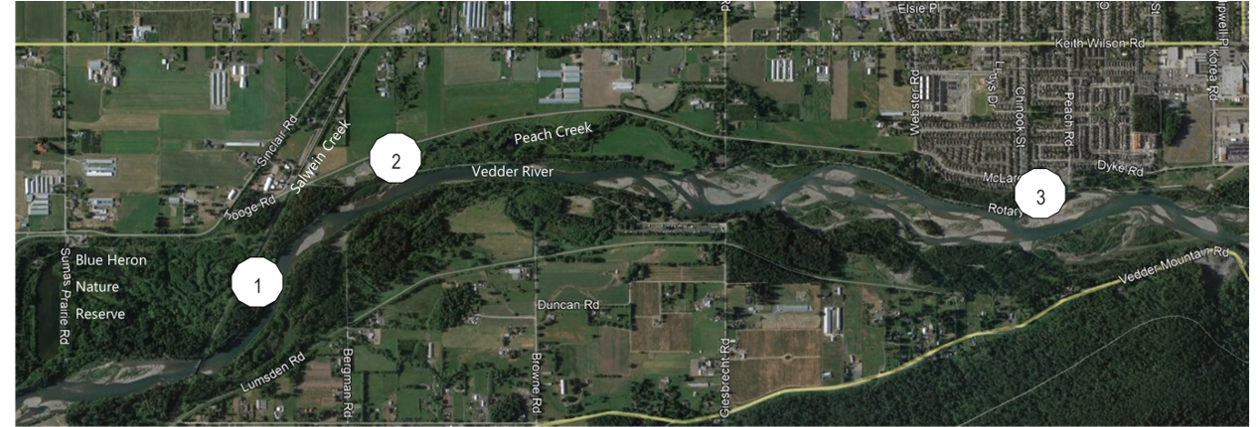
1 . Peach Creek channel extension and outlet channel downstream to Vedder River.
2 . Hooge wetland created for rearing and overwintering salmon habitat. It was constructed as a side channel of Peach Creek.
3 . Peach Creek - extended groundwater salmon spawning channel.
1. Digging In - Creating the Off-Channel Habitats
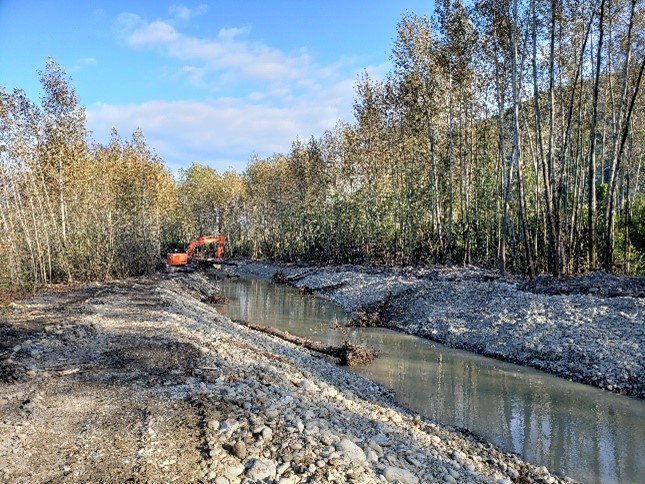
photo credit: FVWC
description: construction of the Peach Creak groundwater extension channel, extending Peach Creek upstream creating more off-channel habitat for salmon spawning.
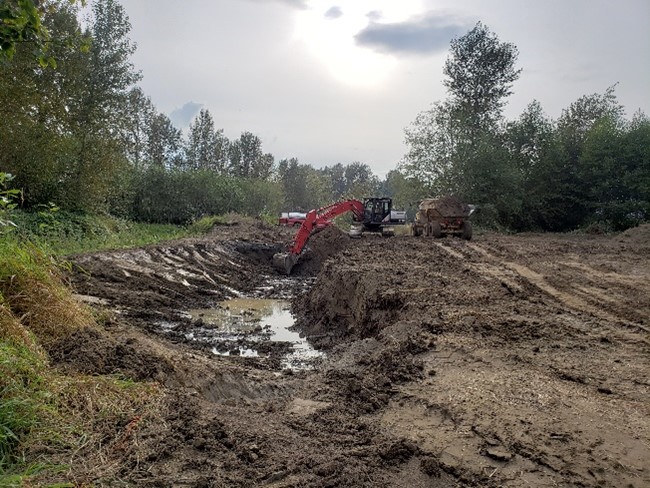
photo credit: FVWC
description: Construction of Hooge wetland, an off-channel extension of Peach Creek to create salmon rearing and overwintering habitat.

photo credit: FVWC
description: Outlet culvert connecting Peach Creek to the Vedder River and the construction of a berm and small weir to improve fish passage.
Summary of Activities
2. Monitoring - Taking "Nature's Pulse"

photo credit: Fishing with Rod
description: FVWC team measures length and records the weight of juvenile salmonids caught with minnow traps in Peach Creek.

photo credit: Fishing with Rod
description: A juvenile rainbow trout captured and recorded by FVWC during fish and water quality monitoring in Peach Creek.
Summary of Activities
3. Riparian Planting, Bioengineering, and Invasive Plant Control
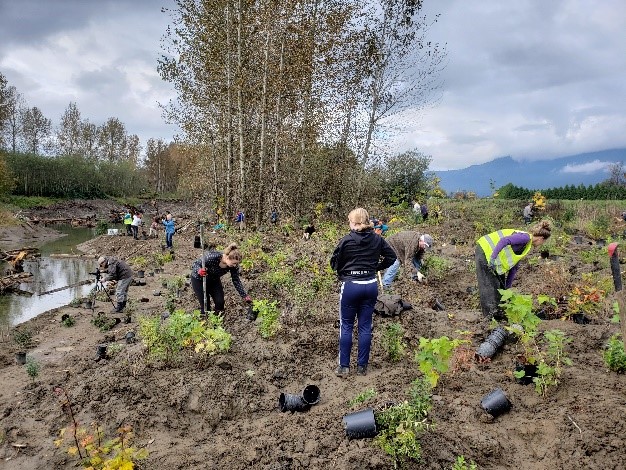
photo credit: FVWC
description: Community planting event in Fall 2019 adding native trees and shrubs to the riparian area surrounding the newly constructed Hooge wetland.
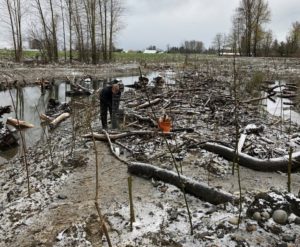
photo credit: FVWC
description: FVWC team guards live-staked willow and cotton wood branches from beaver herbivory at Hooge wetland.
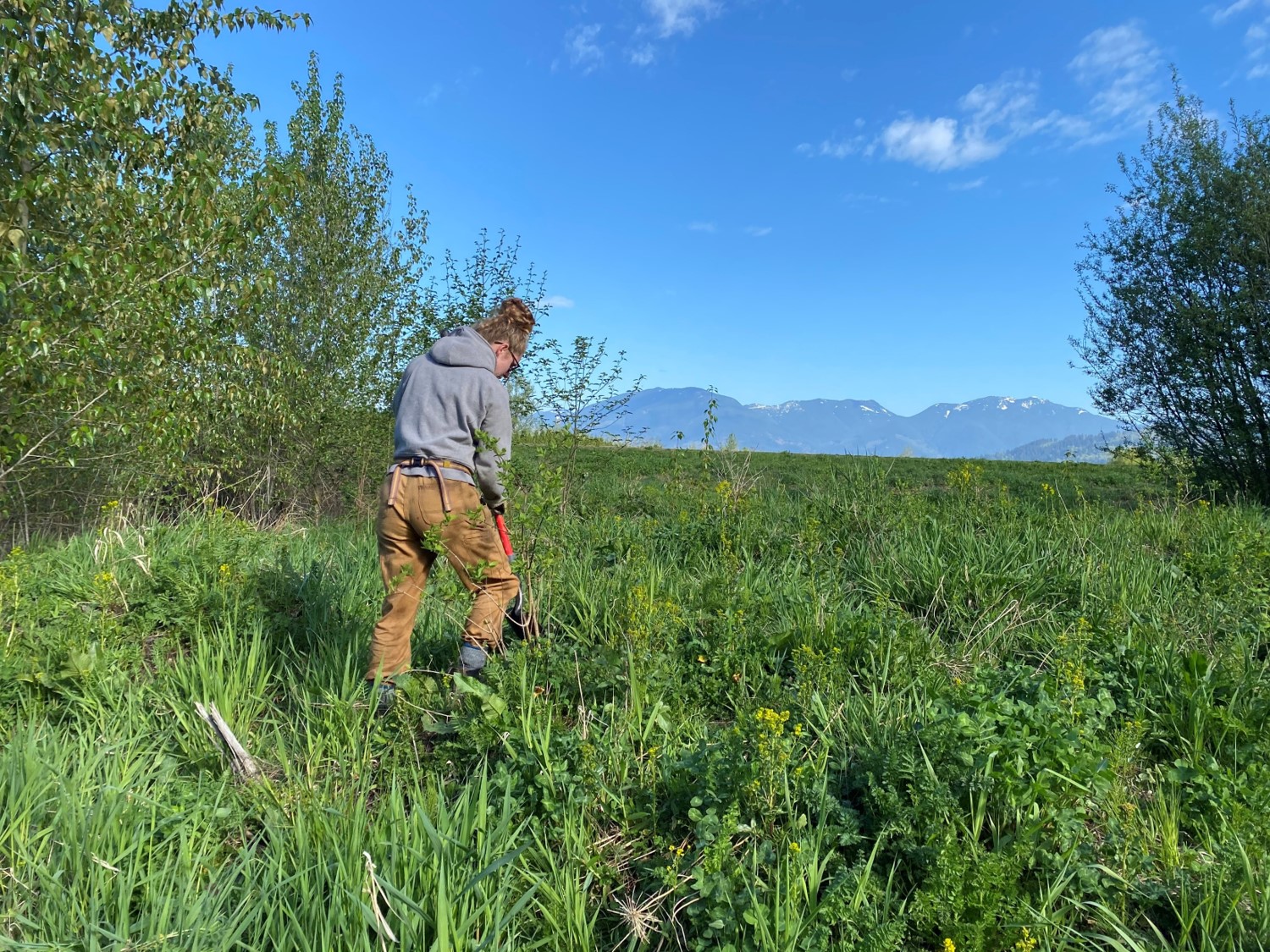
photo credit: FVWC
description: FVWC team digs out invasive species from the riparian area of Peach Creek and Hooge wetland.
Summary of Activities
In November 2021, three Atmospheric River Events resulted in unprecedented flooding and mudslides, devastating communities across B.C., and causing significant damage throughout the Eastern Fraser Valley.
Upon reviewing and assessing the constructed off-channel habitats, including Hooge Wetland, Peach-Salwein and Browne Creek Wetland, FVWC noted that these restoration sites remained mostly in-tact, and provided space for the flood waters to spread out into. In addition, these habitats acted as the insurance policy for many aquatic fish species to use when the Vedder River was flowing at extremely high velocities. High velocity, turbid-laden waters can result in the flushing away of redds and salmon eggs, cause sediment and deposition that can smother eggs and otherwise creates an aquatic environment that causes stress on salmon and aquatic species. The off-channel habitats provided slower waters for these salmon to take refuge. While not originally designed to take the water velocities and volume that resulted from the November floods, these off-channel habitats demonstrated the added value to communities, providing nature-based solutions, to help mitigate and absorb high-water flows. It offers an example of how Nature-Based, climate-adaptation solutions can act on the landscape.
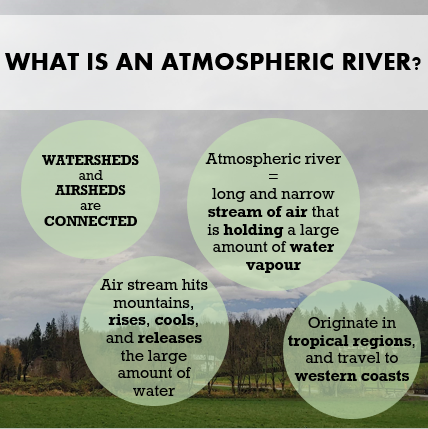
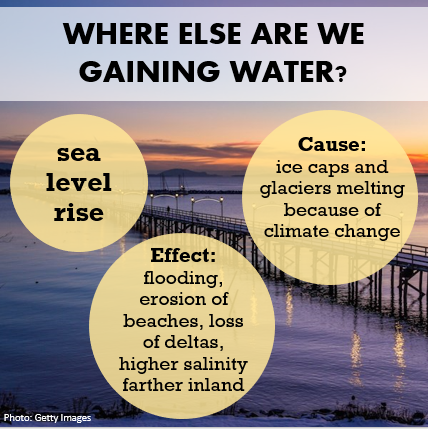

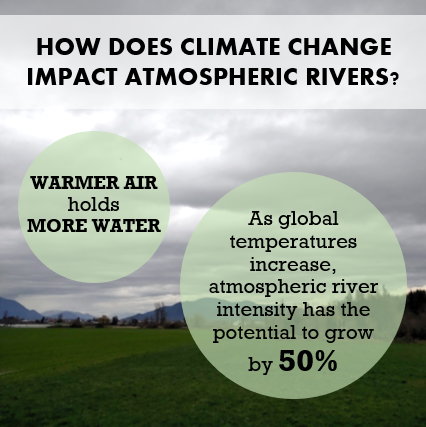

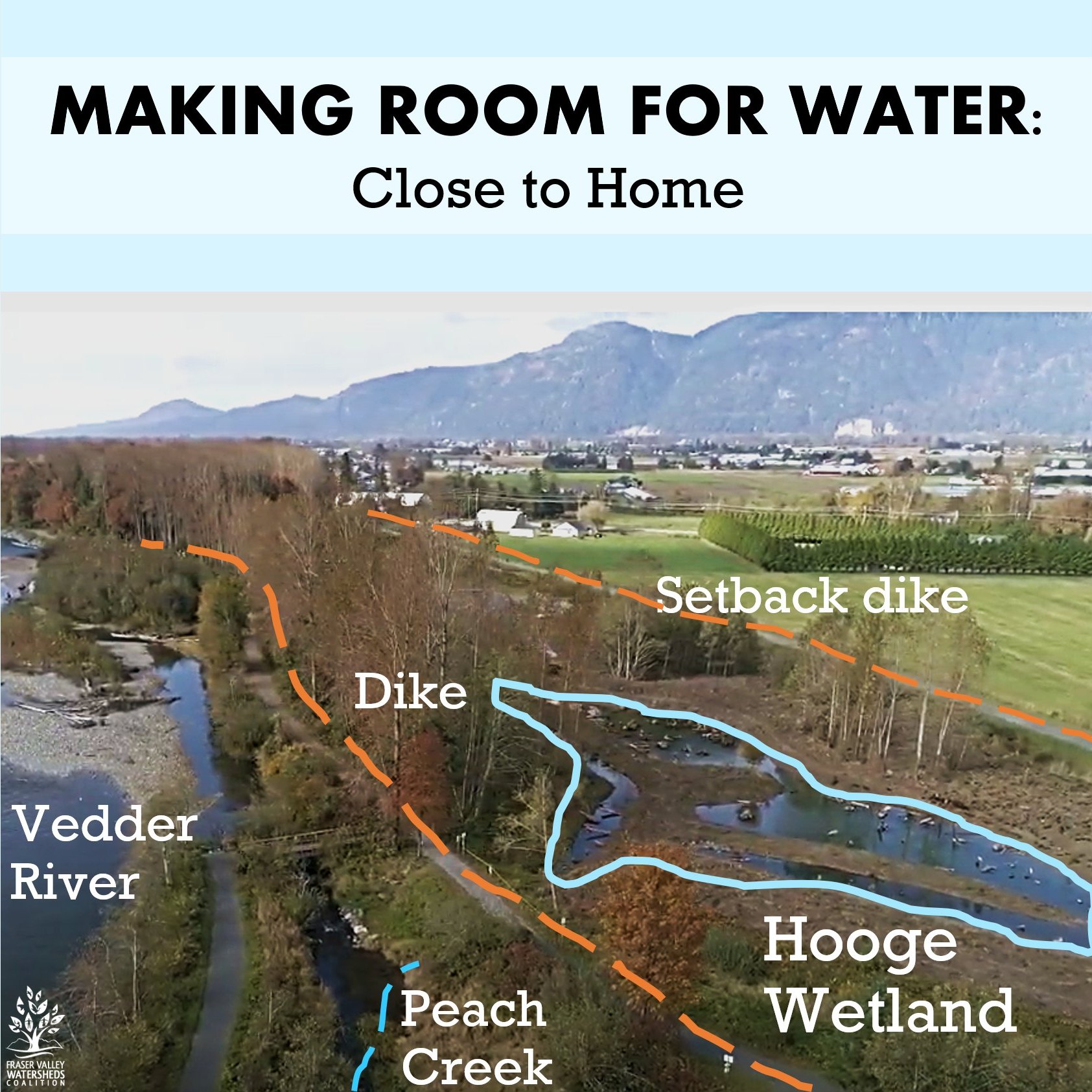

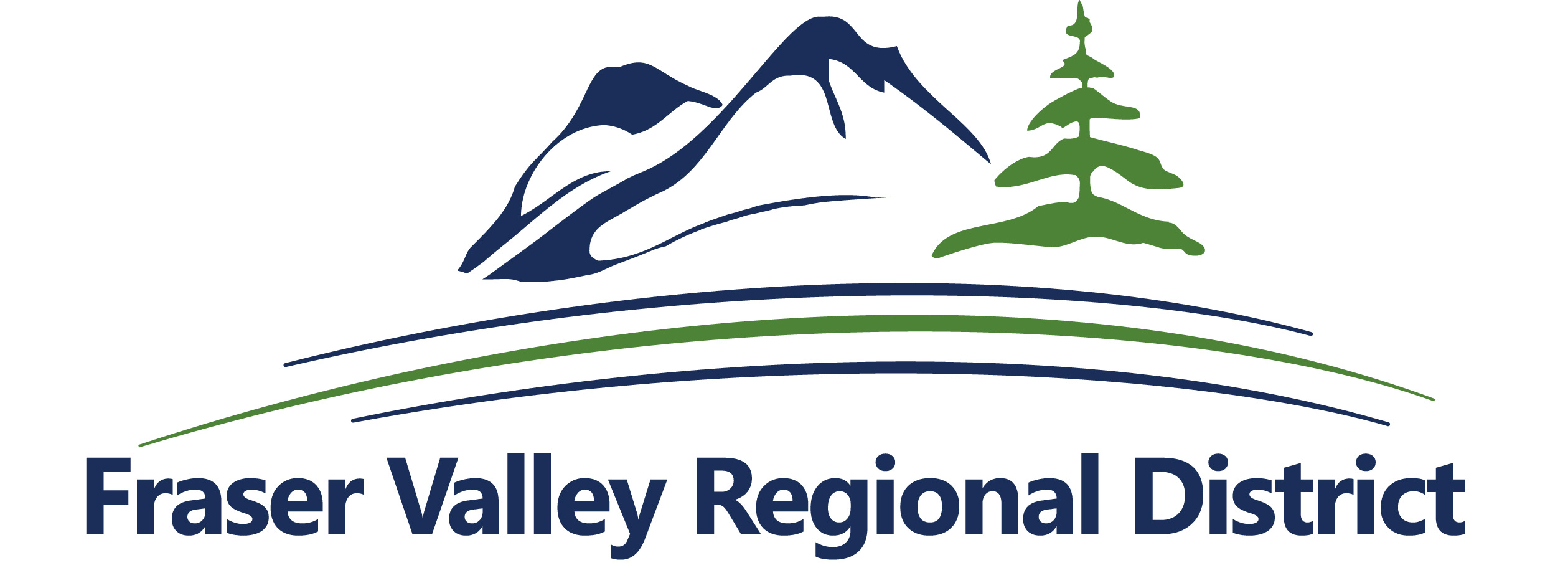


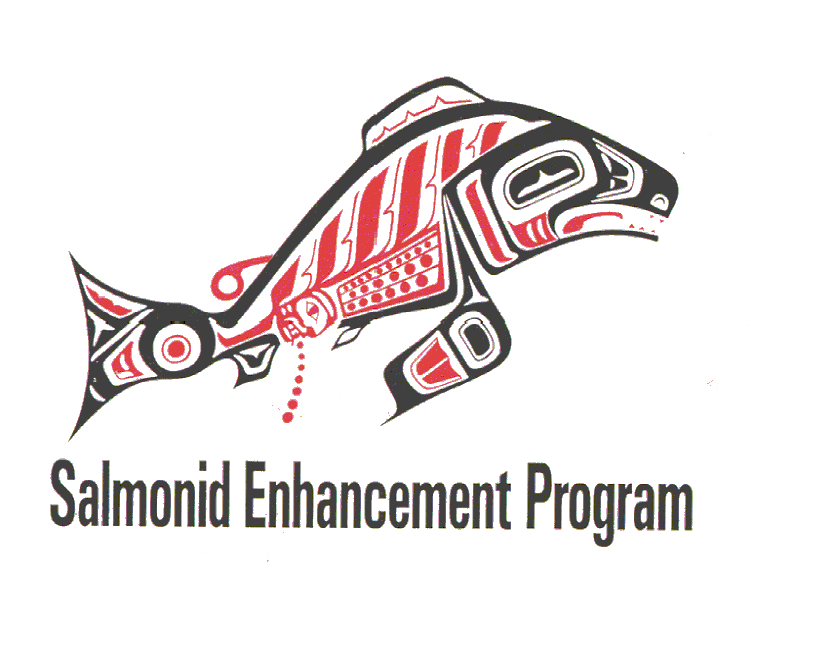

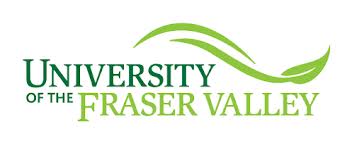


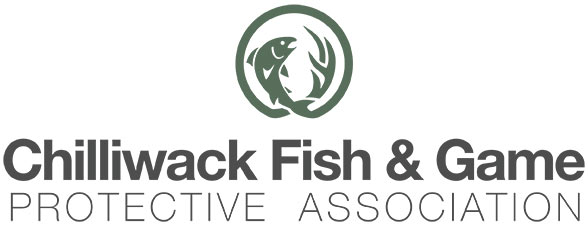

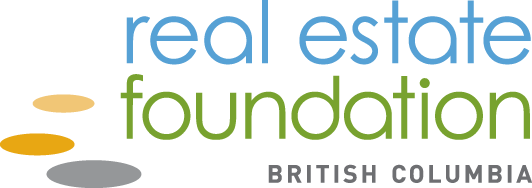

This is a block of text. Double-click this text to edit it.